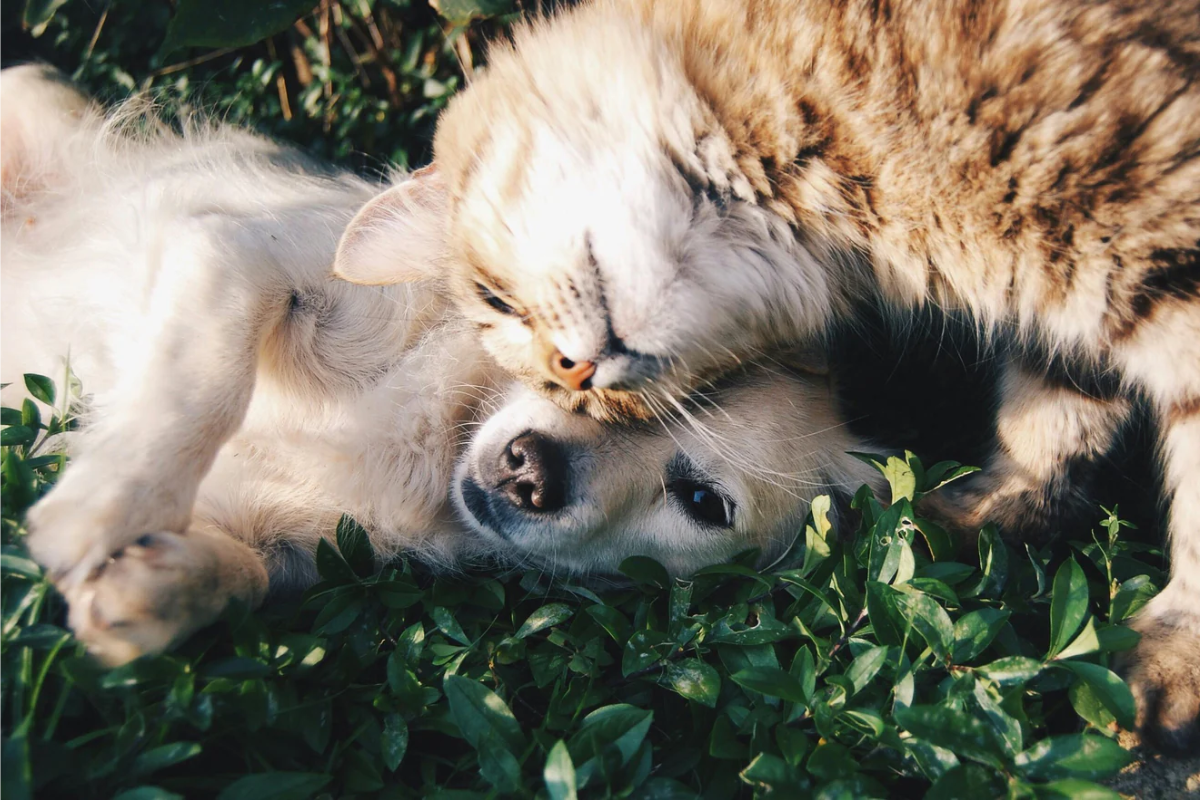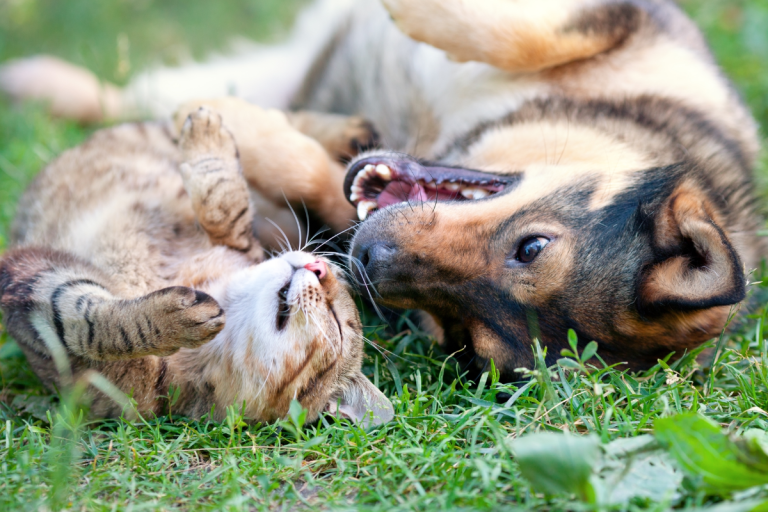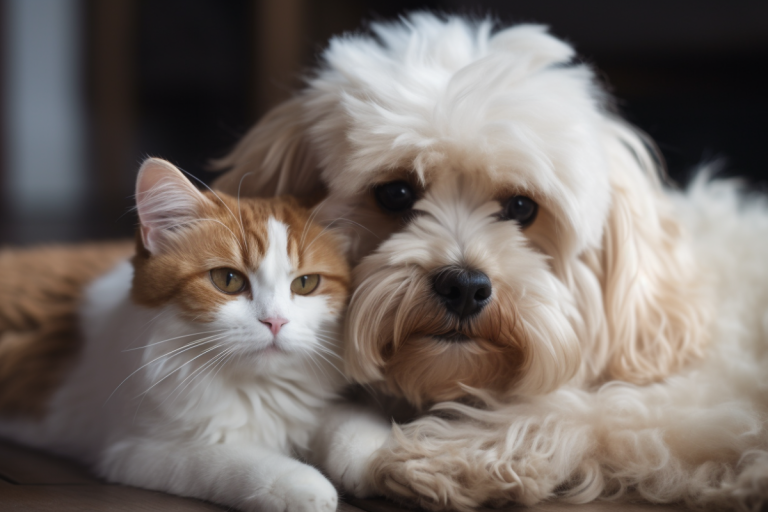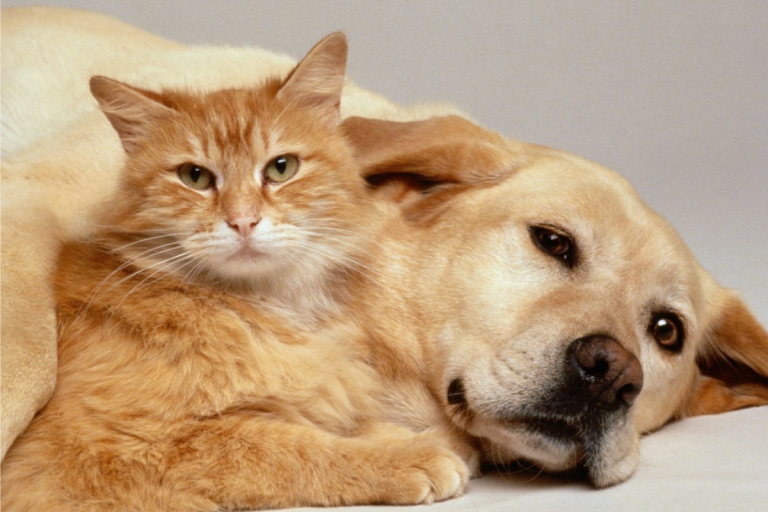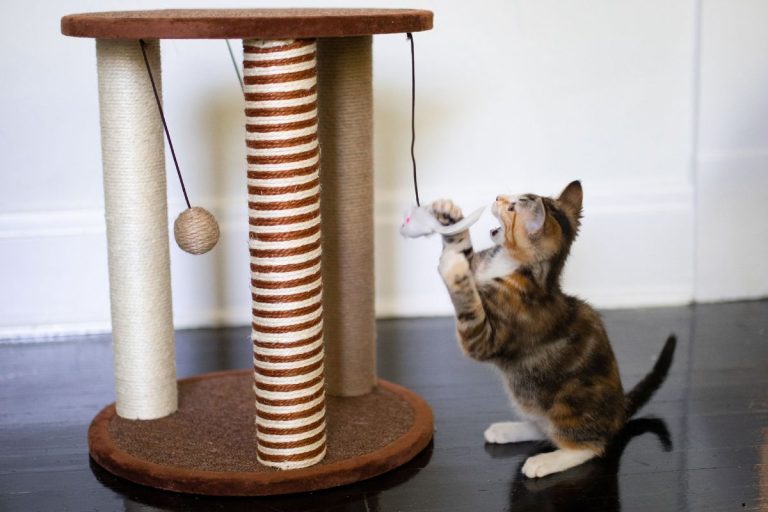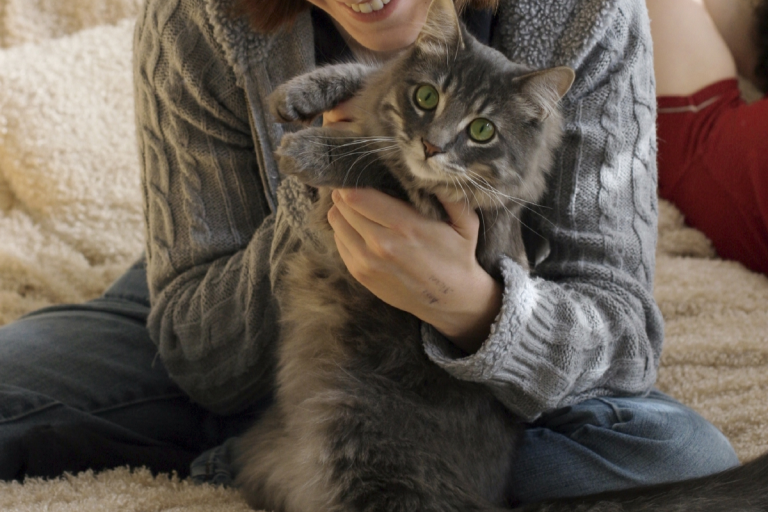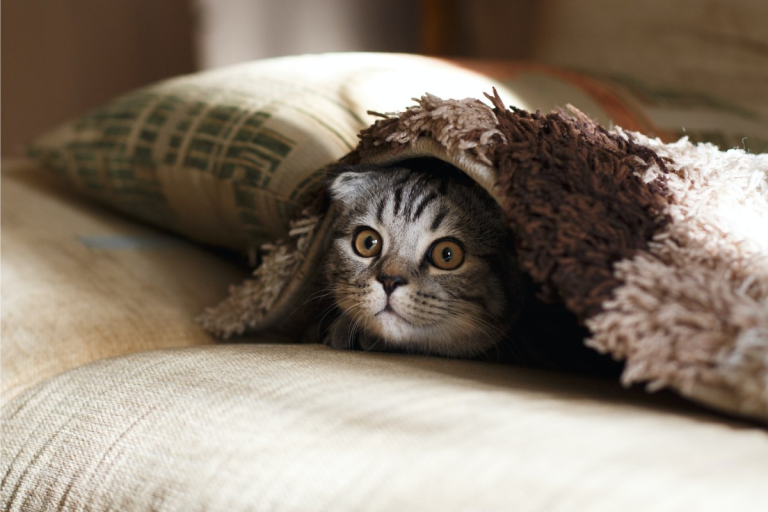How to Help Your Cat and Dog Become Best Friends
Bringing a new pet into your home can be an exciting yet challenging adventure, especially when it comes to introducing a
Understanding the Natural Instincts of Cats and Dogs
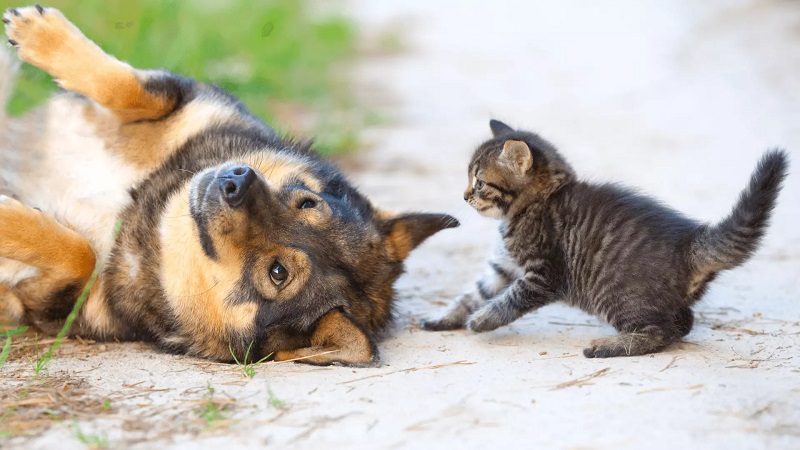
Before diving into the steps for introducing your
The Differences in Behavior
Cats and dogs are like two sides of a coin. They have vastly different ways of perceiving the world around them. While dogs are pack animals that thrive on social interactions and group dynamics, cats are more independent and territorial. Understanding these behavioral differences is crucial. For instance, while your dog might want to play and romp around, your
So, how do you bridge this gap? Start by recognizing these innate tendencies and respecting their space. Just because your dog is ready to play doesn’t mean your
Socialization Needs
Socialization is vital for both species, but they require different approaches. Dogs benefit from regular interaction with various people and animals, helping them learn acceptable behavior. Cats, on the other hand, can be a bit more selective about their social circles. Gradually introducing your
Preparing Your Home for a Successful Introduction
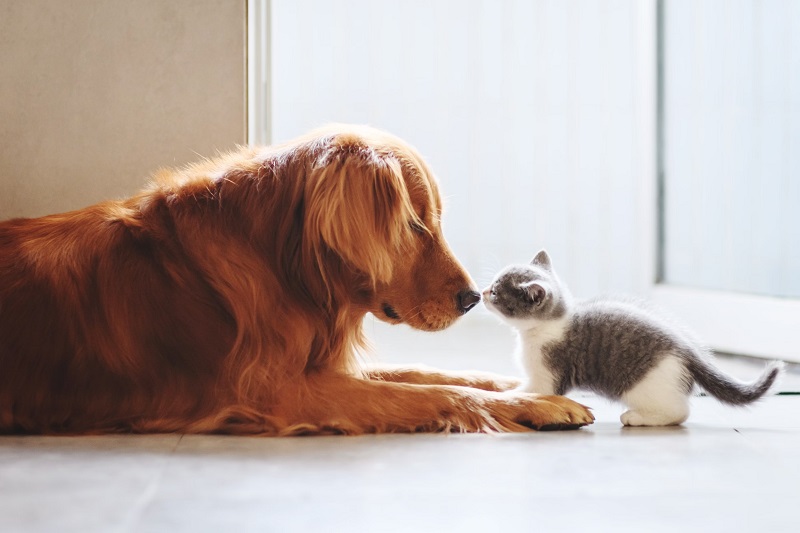
Setting up your home before the big introduction is essential for creating a peaceful environment. It helps ensure both pets feel safe and secure as they adjust to each other.
Creating Safe Spaces for Each Pet
Before the big introduction, it’s essential to prepare your home. Create designated safe spaces for both your
Using Scent to Ease Tension
Did you know that scent plays a crucial role in how animals perceive each other? Before they meet face-to-face, help them get acquainted through scent. You can do this by swapping their bedding or toys. This way, they can become familiar with each other’s smell, making the actual meeting less daunting. Just imagine how comforting it would be for them to recognize a familiar scent when they finally meet!
The Introduction Process: Step by Step
Now that you’ve set the stage, it’s time to guide your pets through the introduction process. Taking it step by step will ensure a smoother transition for both your
Gradual Introductions
When the moment arrives for the big introduction, take things slow. Start by keeping them in separate rooms while you allow them to hear and smell each other. Gradually allow them to see one another through a baby gate or cracked door. This slow introduction will help reduce anxiety and allow both pets to adjust at their own pace.
Monitoring Body Language
During these initial interactions, pay close attention to their body language. Is your dog wagging his tail excitedly, or is he stiff and focused? Is your
Building Positive Associations Between Pets
Creating positive experiences between your
Shared Activities and Playtime
Once they seem comfortable with each other, it’s time to foster positive associations. Engage them in shared activities, like playing with toys that they can enjoy together. Interactive toys can be a great way for both to bond while having fun. For example, using a feather toy can get your dog involved in a chase while your
Rewarding Good Behavior
Every time your pets interact positively, be sure to reward them. Positive reinforcement is a powerful tool in building relationships. Whether it’s treats, praise, or belly rubs, let them know they’re doing great. You’ll be amazed at how quickly they start to associate each other with good things!
Addressing Conflicts and Setbacks
As much as we hope for a smooth process, conflicts can happen. It’s important to know how to manage these situations effectively and maintain a peaceful environment.
Recognizing Signs of Stress
Even with the best of intentions, conflicts may arise. It’s essential to recognize the signs of stress in both pets. If your dog is barking excessively or your
When to Seek Professional Help
If you find that your attempts are not progressing and conflicts become frequent, it might be time to consider professional help. A trainer or animal behaviorist can provide tailored advice and strategies to help your pets coexist peacefully. Sometimes, having an expert’s perspective can make all the difference.
Maintaining Harmony in the Long Term
Once your pets have settled into their friendship, it’s important to maintain harmony. Establishing routines and ongoing training can help sustain their bond.
Routine and Structure
Establish a routine that includes scheduled feeding times, play sessions, and quiet time. This structure helps both pets feel secure and reduces potential stressors. Knowing what to expect in their day-to-day life can significantly ease anxiety for both your
Ongoing Training and Interaction
Continuing to engage in training and interaction will reinforce positive behavior. Teaching your dog basic commands and encouraging your
FAQs
1. How long does it take for a
The timeline can vary significantly depending on the personalities of your pets. Some may bond within days, while others might take weeks or even months. Patience is crucial!
2. What should I do if my
If a fight breaks out, calmly separate them without yelling. Give them time apart and reintroduce them slowly. If fights continue, consult a professional trainer.
3. Can I introduce a puppy to an older
Yes, but you should take extra care during the introduction. Puppies can be playful and energetic, which may be overwhelming for an older
4. Are there specific breeds that get along better?
Some breeds are naturally more tolerant and friendly, but individual personalities matter most. It’s essential to consider each pet’s temperament rather than just breed characteristics.
5. How can I help my pets bond more quickly?
Encourage playtime and shared activities while providing plenty of positive reinforcement. Creating a relaxed environment and using scents to ease introductions can also help!
Conclusion
Helping your
